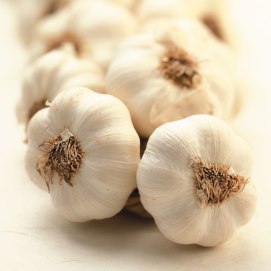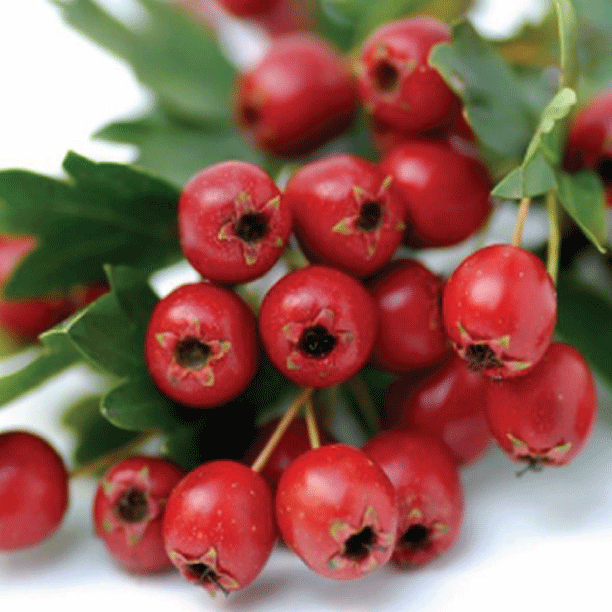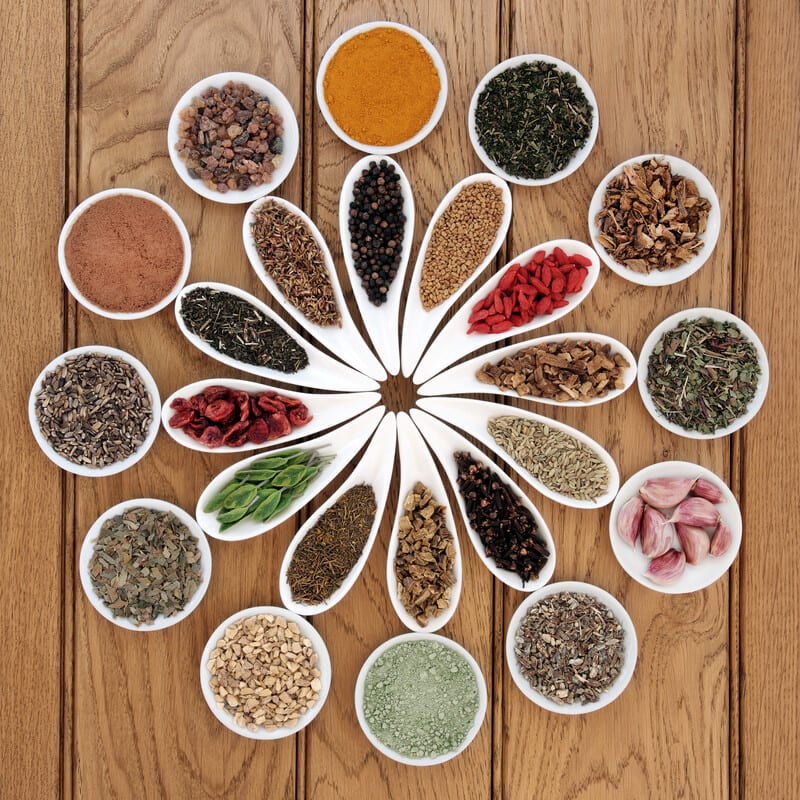Nuts and their many varieties are a wonderful commodity from nature, providing delicious versatility and crunchy nutrition to an amazing array of dishes.
Not much was needed to increase their selling points, but try cracking these statistics: In a review of 29 published studies, scientists recently revealed that, in comparison with people who don’t eat many nuts, those who eat just 20 grams — as little as a handful a day — lower their risk of several serious conditions by astounding percentages:
Coronary heart disease by 29 percent
Cardiovascular disease by 21 percent
Cancer by 15 percent
Respiratory disease by 52 percent
Diabetes by 39 percent
Infectious disease by 75 percent
The amounts considered healthiest comprise an average of about two dozen almonds or 15 pecan halves per day; the studies added that there isn’t an increased benefit from eating more than that.
In fact, “It’s not large amounts that are needed, so it’s a small dietary change that should be feasible for most people,” said Dagfinn Aune, research fellow at Imperial College London, who led the study also working with scientists from The Norwegian University of Science and Technology.
Tree Nuts, Culinary Nuts, Drupes, Seeds and Legumes
Here’s a good place to talk about what nuts are and what they’re not. It’s important to remember: The word is not (always) the thing. As Spice Inc. explains:
“A true nut, botanically speaking, is a hard-shelled pod that contains both the fruit and seed of the plant, where the fruit does not open to release the seed to the world. Some examples of botanical nuts are chestnuts, hazelnuts and acorns.”
Peanuts are actually a legume. Drupes are a type of fruit with an outer part and a single seed inside, like a peach or cherry, but almonds, pecans and walnuts are also drupes. The difference is, the seed is eaten rather than the outside.
Culinary nuts can be fruits, seeds or actual botanical nuts, used as a stand-alone snack or in a recipe.
Two types of seeds that may also be considered nuts are gymnosperm seeds and angiosperm seeds, unprotected by an outer shell — aka “naked” seeds, like pine nuts and ginkgo nuts. Good examples of an angiosperm would be Brazil or macadamia nuts.
An assortment of nuts makes a great gift, and several varieties are a tasty, crunchy addition to dishes like savory sweet potato casserole or wild-caught fish.
You can press pecan pieces into a raw cheese ball or chop walnuts to top your apple crisp. Cashews are delicious in a stir-fry, and slivered almonds are an elegant topping on many dishes. Other culinary uses for nuts include salads, smoothies and trail mix.
Multiple Studies Confirm: Eating Nuts Can Help You Live Longer
The 819,000 participants involved in the study were from different regions, sexes and backgrounds, and had different risk factors, but nut consumption proved to reduce their disease risk in most cases. If that’s not enough to impress you, researchers involved in the review and reported in The New York Times concluded:
“In 2013, an estimated 4.4 million deaths may be attributable to a nut intake below 20 grams per day in North and South America, Europe, Southeast Asia, and the Western Pacific. These findings support dietary recommendations to increase nut consumption to reduce chronic disease risk and mortality.”
Several other studies have shown that eating more nuts may help you live longer,6 but a few also allude to the unfortunate precautions many healthcare providers over the last 30 years have foisted on their patients. One set of studies concluded:
“The present report, for the first time, provides strong evidence to demonstrate that regular nut consumption is associated with significantly lower risk of all-cause mortality as well as deaths due to cancers, heart disease and respiratory disease.
Although most health care authorities already recommend routine consumption of nuts, the findings of the present study should allay any apprehensions that the physicians or the patients may harbor regarding the beneficial effects of nuts.”
Nuts Are High in Fat, but It’s Good Fat (Mostly)
Comparing the nutrients in 23 tree nuts, the California Almond Board8 shows the nutritional aspects in nuts vary widely. An ounce of almonds, for instance, contains 3.4 grams of fiber, while cashews have only 0.9 grams. Almonds have the most protein with 6 grams, while macadamias have 2.2 grams.
Cashews contain 157 calories and 8.6 grams of carbohydrates, while the same amount of macadamia nuts have 204 calories and 3.9 grams of carbs; Brazil nuts have the least number of carbs at 3.5 grams.
Most of the fat in nuts is monounsaturated fat, including omega-6s and omega-3s. Macadamia nuts have the highest amount of monounsaturated fats — 16.7 grams — compared to 2.5 grams in walnuts, and Brazil nuts contain the most saturated fats with 4.3 grams.
The mantra that eating saturated fats is bad for you and will cause heart problems, as so many health professionals keep parroting, is a false premise that’s been disproven. Multiple studies over the last few years have shown that saturated fats are necessary for your health and actually help prevent disease.
Unless someone has a nut allergy, there are very few risks and considerable potential benefits, Aune said, adding that because randomized trials indicate that nuts are high in antioxidants, fiber and polyunsaturated fats, eating more can decrease triglycerides in your blood.
Nut Nutrition: Good Things Come in Small Packages
One of the most interesting things about the fat content in nuts is that people who eat a lot of them don’t tend to experience significant weight gain, or weight loss, either, according to another meta-analysis of 33 studies done in 2013.
Having a handful of nuts as a snack (especially instead of some other not-so-healthy options) may even prove to lower your risk for metabolic syndrome, one study revealed.
Still another study showed that among 1,200 participants (older subjects at high risk for cardiovascular disease) who ate a Mediterranean diet plus 30 grams of nuts per day (a little less than one-third cup) had lower incidences of metabolic syndrome — even more so than those following a low-fat diet or the same diet with olive oil. To explain what the Mediterranean diet is, Authority Nutrition says:
“The Mediterranean diet is based on the traditional foods that people used to eat in countries like Italy and Greece back in the year 1960. Researchers noted that these people were exceptionally healthy compared to Americans and had a low risk of many killer diseases.”
Still more studies indicate that eating more nuts may decrease your risk of other chronic conditions, such as high blood sugar and certain types of colorectal, endometrial and pancreatic cancer. In fact, the latter study noted that “overall, nut consumption was significantly associated with a reduced risk of cancer incidence.”
Specific Nutrients Provided by Specific Nuts
Nutrition Data covered several nutritional aspects of many nut varieties, including:
• Almonds are an excellent source of vitamin E (alpha-tocopherol), providing 37 percent of the Dietary Reference Intake (DRI), as well as riboflavin, which is excellent for brain health, magnesium and manganese.
Eating healthy amounts may improve your heart health, help individuals who are overweight or obese achieve their weight loss goals and lower their blood pressure,17 and lower post-meal blood sugar levels by 30 percent in people with diabetes.
Further, they may improve your gut microbiota by supporting the growth of bifidobacteria and lactobacillus, both beneficial bacteria.
• Pistachios also contain high amounts of fiber (3 grams per ounce), helping to assist smooth movement of the foods you eat through your colon. They’re also a good source of vitamin E and magnesium. Besides helping to optimize your cholesterol, pistachios help improve several aspects of heart health.
Researchers gave volunteers foods that raise blood sugars significantly — rice, white bread, mashed potatoes and pasta — and found that adding these little green nuts helped lower blood sugar, sometimes significantly.
• Brazil nuts are a good source of selenium. Autoimmune and thyroid problems, cancer, AIDS, heart disease and asthma are all improved with healthy amounts of selenium, but as many as 1 billion people worldwide may be deficient. Studies say they have an antioxidant effect in the blood and improve blood vessel function.
• Cashews improve the antioxidant potential of your diet and also help to improve the blood pressure of people with metabolic syndrome. A few studies, however, indicate that cashew consumption may raise the blood sugar of people with metabolic syndrome; however, more studies are needed.
• Walnuts are one of the most popular nuts, so it’s good that they’re a great source of omega-3 fatty acids, making them beneficial for the prevention of coronary heart disease. They can improve the flow of blood through your circulatory system, which helps diabetics, and increase inferential or deductive reasoning.
• Peanuts, being a legume, may come with large amounts of extra oils that are not good for you. This is particularly true in peanut butter, with the unnecessary addition of sugar or worse, so always make sure your nuts and nut butters are free of these. They may also contain an imbalance of omega-6 fatty acids in relation to omega-3s.
They also may cause allergic reactions, and they also tend to be one of the most-sprayed with pesticides and laced with harmful metabolites known as aflatoxin.
Take Away Message Regarding Your Nut Intake
While you’re improving many aspects of your health by eating a small amount of nuts each day — say one-third cup — nuts can even help improve your weight loss goals. The key is to eat that small amount.
By Dr. Mercola
(Source: http://tinyurl.com/h4o45uj)














































